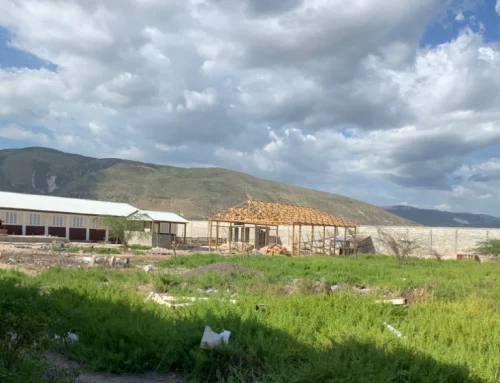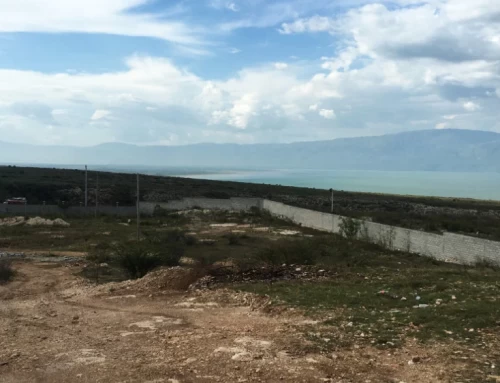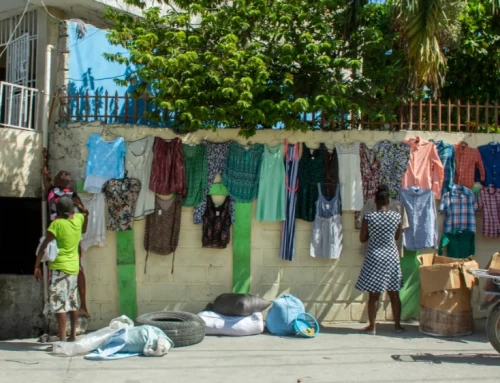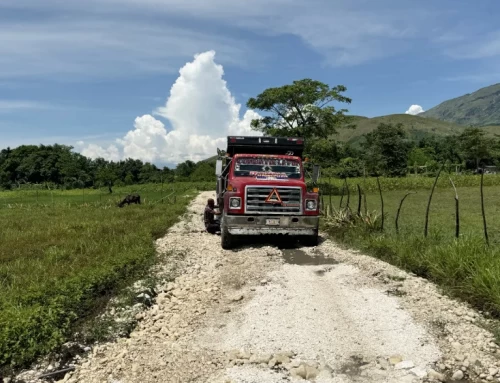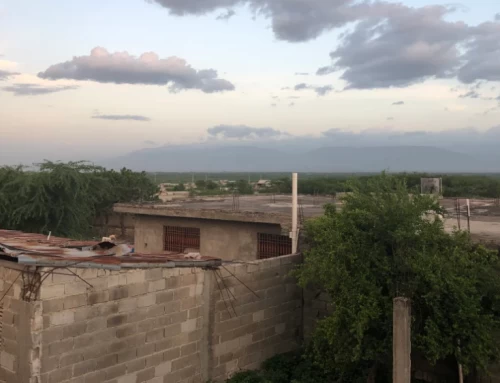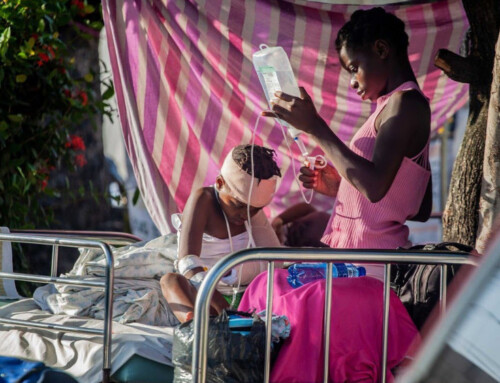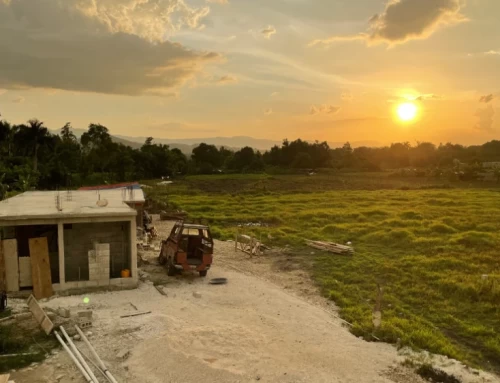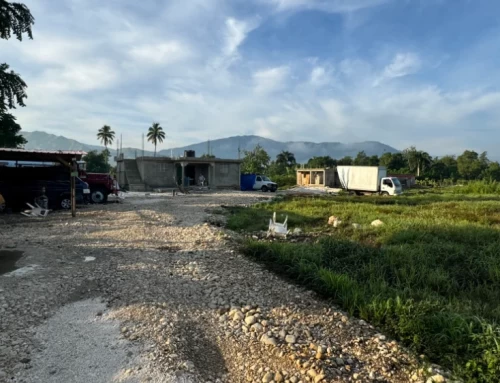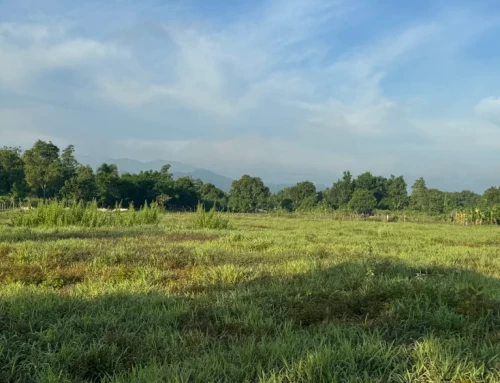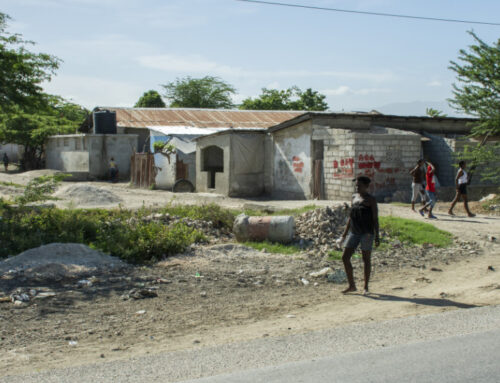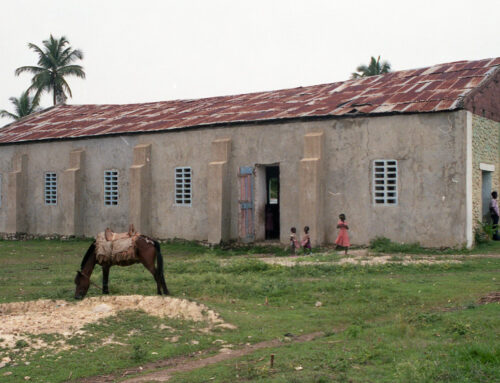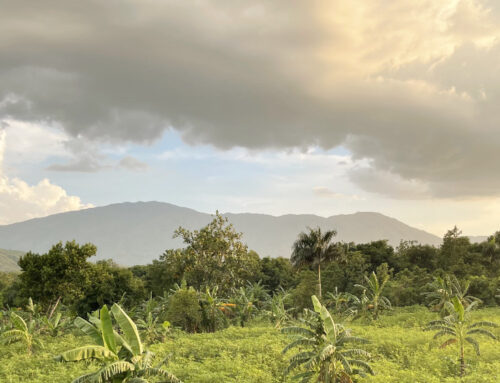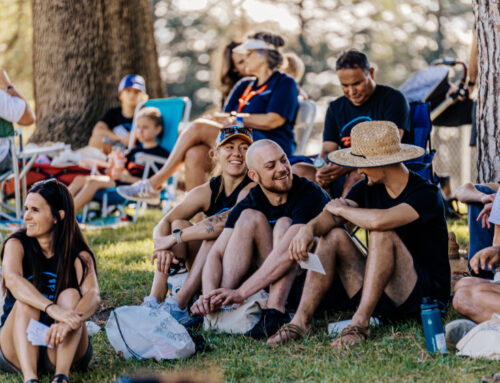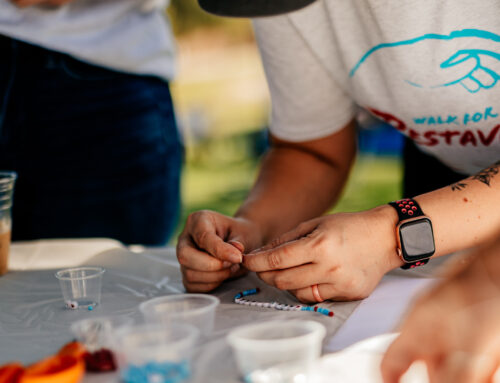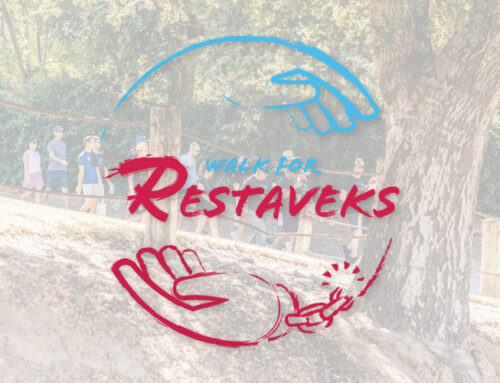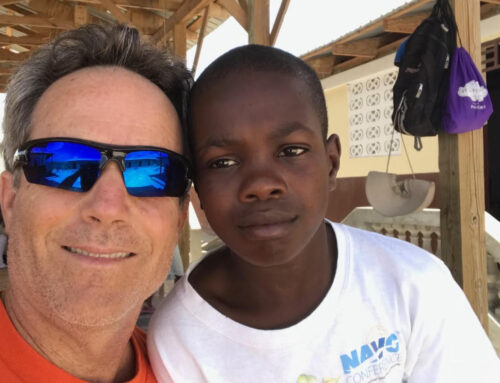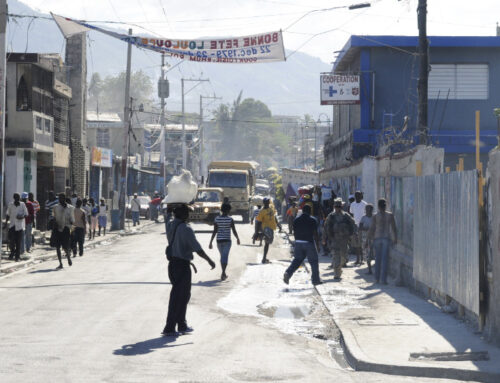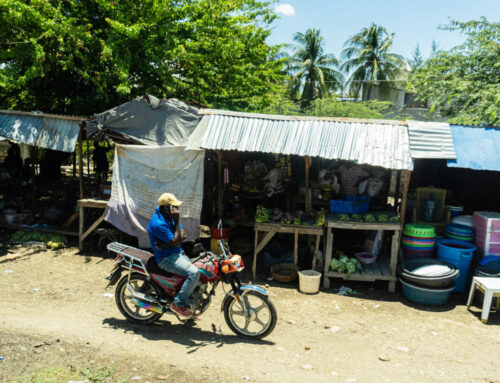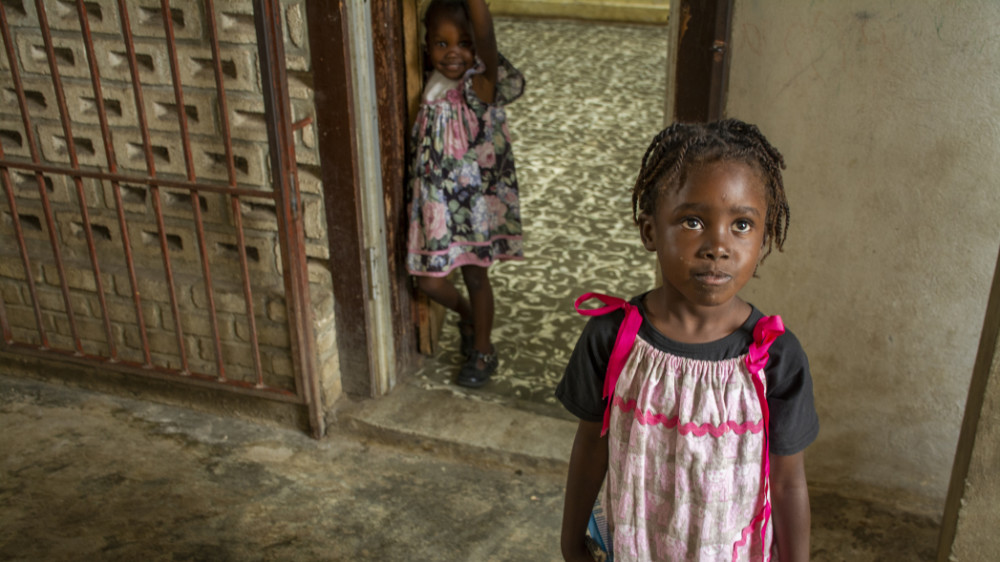
“Kwashiorkor is a disease marked by severe protein malnutrition and bilateral extremity swelling. It usually affects infants and children, most often around the age of weaning through age 5. The disease is seen in very severe cases of starvation and poverty-stricken regions worldwide.”1
Kwashiorkor is a form of malnutrition, but the symptoms aren’t what we might assume. Where a distended stomach is one of the most prominent signs of traditional malnutrition, many children with Kwashiorkor actually have a passable number of calories in their diet—but they don’t have enough protein. As children grow, they need protein in order to thrive. In cases of protein deficiency, the body begins to remedy the lack by leaching protein away from other areas of the body. One of those areas is the hair. As the body pulls protein out of the hair, the hair (which would otherwise be black in Haitian children) starts to turn red.2 The color fades as the protein is drained. Left untreated, the same thing will happen to the teeth, the bones, and any other protein reserves in the body, until there is no protein left and the person dies from the deficit.
Over the last two years, the country of Haiti has faced significant challenges, including political instability, natural disasters, and economic hardship due to gang activity. All of these factors contribute to food insecurity. This means that on top of the normal challenges of life in a third-world country, it has been even more difficult for families to provide their children with a balanced diet. Protein is particularly difficult for Haitian families to supply. For example, beans are cheap to buy, but they’re not cheap to prepare. You have to soak them first and then cook them for a long time to make them edible. This is a problem because the typical Haitian family normally can’t obtain enough charcoal to cook the beans thoroughly. While the beans are cheap, the processing is expensive. Other sources like eggs and meat are expensive in themselves, so many Haitians end up giving their kids the cheaper thing—rice and vegetables—out of necessity.
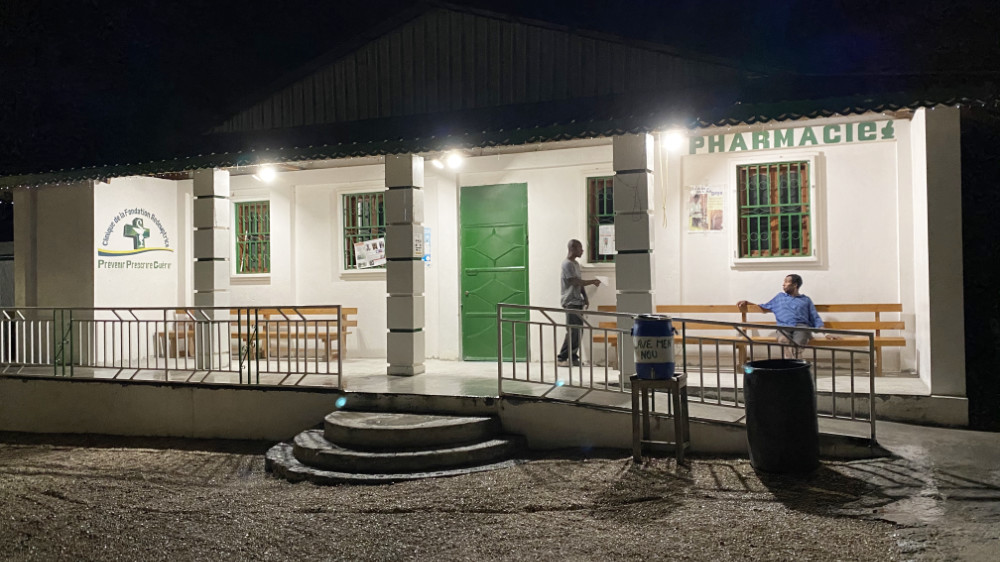
For all these reasons, preventing and addressing Kwashiorkor in Haiti requires a multi-faceted approach. Before the gangs took control, we used to offer infant care at our clinic twice a week, on Tuesdays and Thursdays. Moms from the community would bring their kids in to be checked out, and we would probably see 200 kids per day for a total of about 400 kids in a week. During those clinics, we would sometimes see the beginnings of Kwashiorkor, but we could immediately give the mom extra provisions to address it. These provisions are called MANA (Mother Administered Nutritive Aid) and RUTF (Ready-to-Use Therapeutic Food).
After giving these nutritional remedies, we would ask the mothers to come back on the next clinic day. That allowed us to monitor the child and make sure he or she was getting better. It also allowed us to monitor the health of the community by extension. If we learned of a family in need of food or protein, we would connect them to their local church, who would then reach out to supply them with a care package of food and protein. Sometimes we would include protein powder or powdered milk as well, if we had some. Milk is another great source of protein, but Haitians don’t give their kids milk because there is no refrigeration. The milk goes bad too quickly. In light of such conditions, providing access to adequate food, clean water, and essential healthcare services is paramount.
Our hope is that Haiti’s political situation will stabilize enough so that we can begin providing medical care again soon—for Kwashiorkor, malnutrition more generally, and the ongoing health concerns in Haitian society. Treatment is now necessary, but as with anything, the best medicine is preventative.
To learn how you can be praying with us for the ministry in Haiti, visit Prayer Requests.
[1] “Kwashiorkor,” National Library of Medicine, July 17, 2023, https://www.ncbi.nlm.nih.gov/books/NBK507876/.
[2] “Symptoms of Kwashiorkor,” Medical News Today, March 16, 2020, https://www.medicalnewstoday.com/articles/322453#symptoms.
Share This Story!
Join Our Email List!
Get our blogs delivered directly in your email, don’t miss an opportunity to read about our mission to save children and bringing the Gospel to Haiti.


